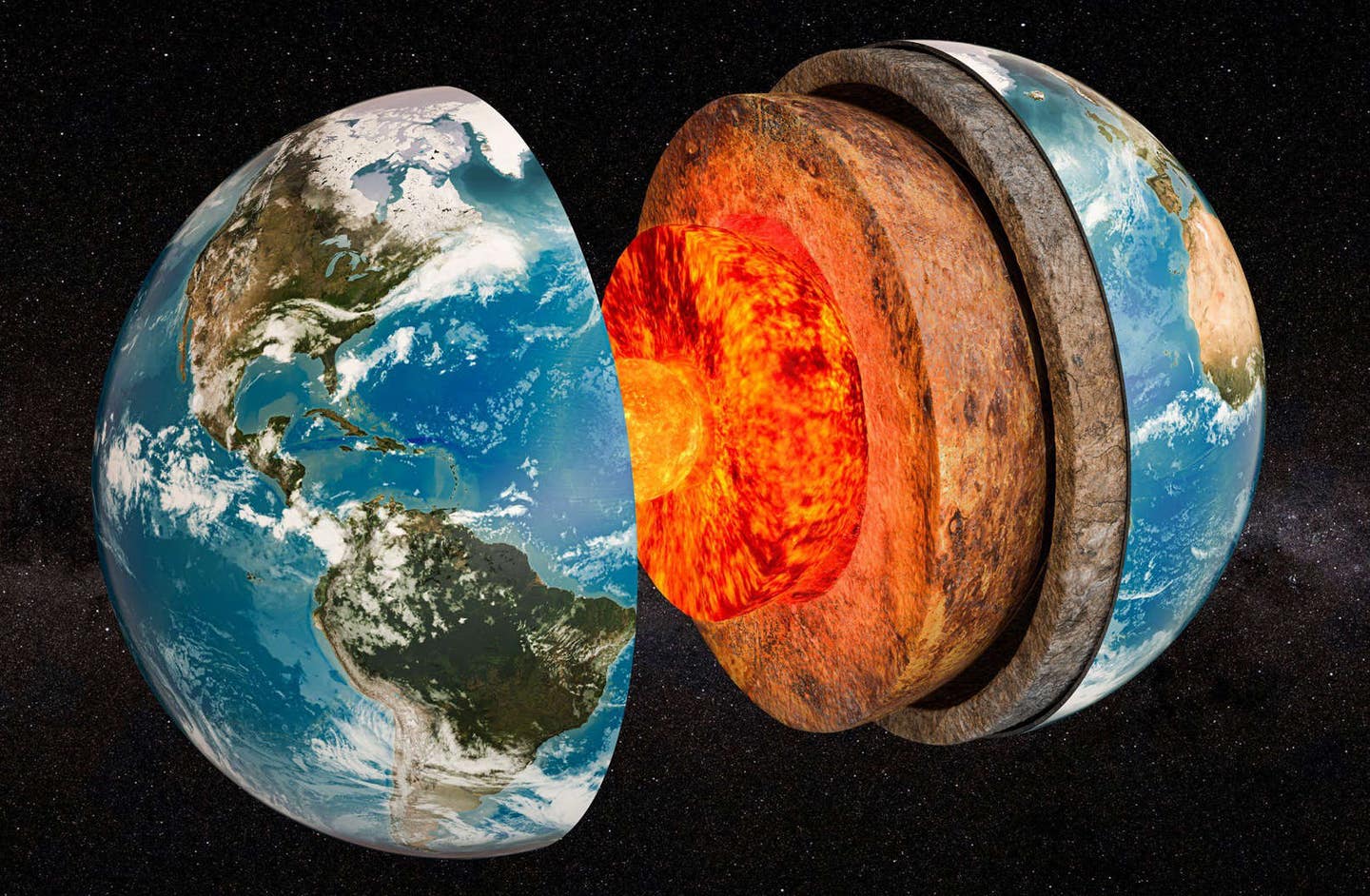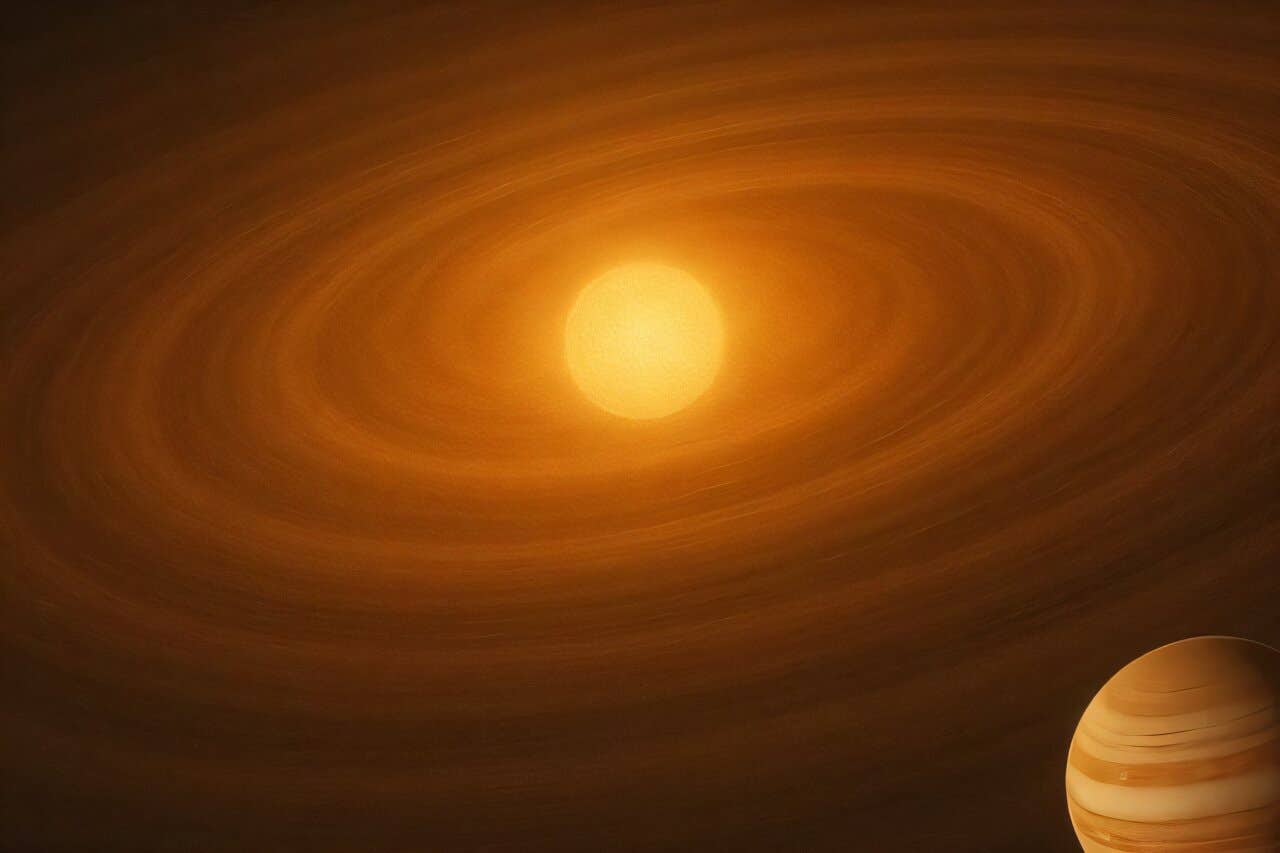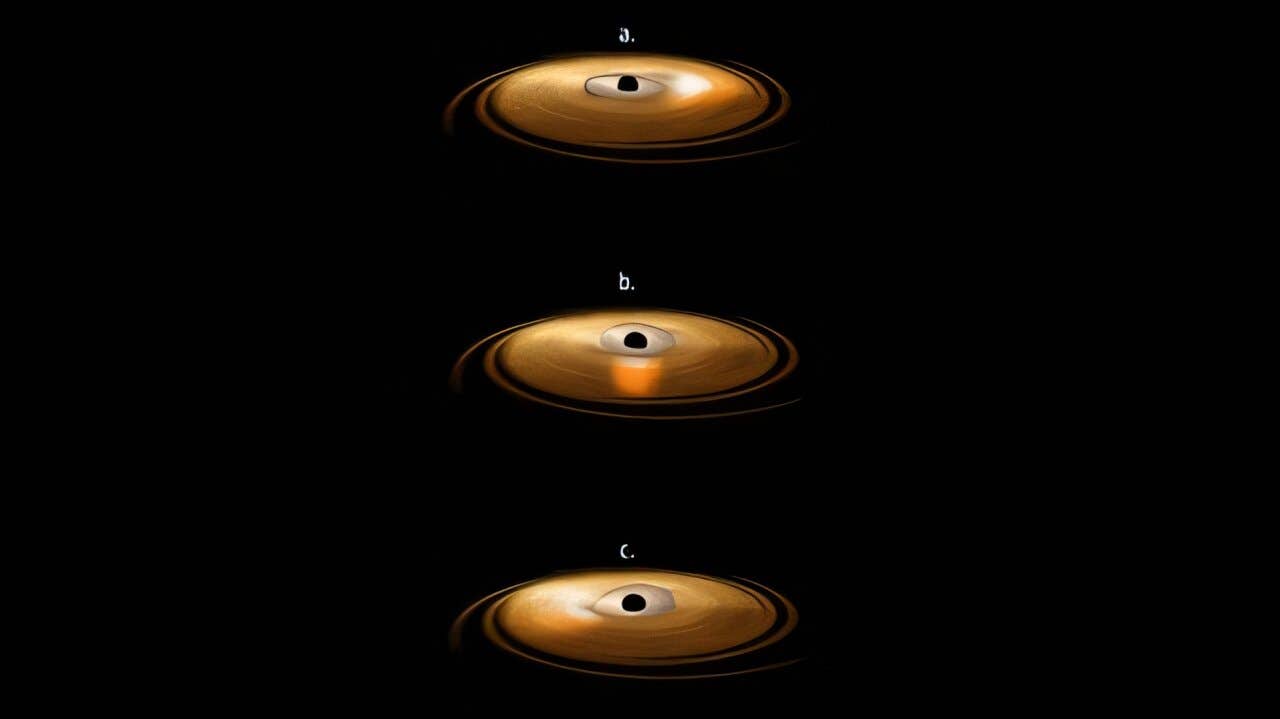Gigantic ocean of water found hidden beneath the Earth’s surface
Far below Earth’s crust, nearly 400 miles down, scientists found something astonishing: a hidden ocean locked inside rock.

There’s three times as much water below the surface than in the oceans. (CREDIT: iStock)
In recent years, science has unveiled some astonishing secrets—from what lurks inside black holes to the discovery of a vast new “8th continent.” Even closer to home, researchers have uncovered a North American lake bigger than all the Great Lakes combined. But one of the most stunning discoveries lies not in space or on the surface, but deep beneath our feet.
Far below Earth’s crust, nearly 400 miles down, scientists found something astonishing: a hidden ocean locked inside rock. This underground sea isn’t like the oceans we see. Instead, its water is trapped within a mineral called ringwoodite, buried deep in the mantle.
This breakthrough is shaking up what we thought we knew about how water moves through our planet. Unlike surface water, this reservoir doesn’t exist as a liquid, solid, or gas. Instead, it’s held in a strange fourth state, suspended inside the rock like moisture in a sponge.
For years, scientists suspected water could hide within mantle rock. But this was the first time they found evidence of it stored so deep and in such vast amounts. The discovery came to light in a study titled Dehydration melting at the top of the lower mantle, which mapped this hidden system in remarkable detail.
Geophysicist Steve Jacobsen, one of the lead researchers, explained, “The ringwoodite is like a sponge, soaking up water.” He added that this mineral has a rare crystal structure. It pulls in hydrogen and locks away water in a way few other materials can.
According to Jacobsen, this isn't just a small deposit. “This mineral can contain a vast amount of water under the conditions of the deep mantle,” he noted. That means Earth’s interior could be far wetter than anyone imagined.
Related Stories
The implications of this are enormous. “I think we are finally witnessing evidence for a whole-Earth water cycle,” Jacobsen said. He believes this deep reservoir might help explain how so much liquid water ended up on our surface in the first place.
For decades, scientists have searched for signs of deep water beneath the crust. Now, thanks to this research, it seems they’ve found it. This discovery could force a complete rethink of the Earth’s geophysical systems.
So how did they find this hidden ocean? The answer lies in the Earth's own restless rumblings. Researchers studied earthquake waves captured by seismometers and noticed something odd. The shockwaves suggested the presence of water locked far below, hidden in rock, yet critical to the planet’s balance.
Through meticulous analysis of this data, the researchers concluded that these waves were interacting with the water held in the ringwoodite. To offer some perspective on the sheer volume of this subterranean water body: if the ringwoodite rock contained a mere 1% water, the Earth's crust would be sheltering a water volume thrice that of all the oceans combined on its surface.
While the vast expanse of our blue planet's oceans, rivers, and lakes have always captivated humanity, it is this concealed ocean, silently resting deep within the Earth's mantle, that is now compelling scientists and curious minds alike to reconsider our understanding of the Earth.
Such discoveries remind us of the boundless mysteries our planet holds and the exciting, uncharted waters (quite literally) of scientific exploration that lie ahead.
Indeed, in an era of staggering scientific discoveries, it is humbling realizations like these that make us marvel at the intricacies of the world we inhabit and the vast universe beyond.
Other hidden sources of water in the Earth's crust
Hidden sources of water within the Earth's crust are located in various forms and places, often far below the surface. Here are some key sources:
Mineral-Bound Water
- Certain minerals in the Earth's crust, like olivine, serpentine, and mica, can trap water within their crystal structures. For instance, serpentinized rocks (formed by a reaction between peridotite and water) contain chemically bound water that can be released under specific geological conditions, such as when these minerals undergo metamorphic transformations.
Deep Aquifers
- Groundwater isn't just near the surface; it can be found thousands of meters below in what are known as deep aquifers. These aquifers, often trapped in porous rocks, can contain ancient water, sometimes millions of years old. Accessing them is challenging due to extreme depths and high pressures, but they represent substantial water reserves.
Subduction Zones
- At tectonic boundaries where one plate is forced beneath another (subduction zones), water from the oceanic crust is dragged down into the mantle. Some of this water remains within the crust, chemically bound in minerals or in pore spaces, while some may eventually return to the surface through volcanic activity.
Pore Spaces and Fractures in Rocks
- The Earth's crust is fractured and porous, allowing water to seep into cracks and cavities. This water, known as pore water, can be found deep underground in rocks with high porosity, like sandstone. It may be released during tectonic events, such as earthquakes or when tectonic pressures change.
Mantle-Derived Water
- Although not part of the crust itself, water in the mantle can migrate into the crust. This mantle-derived water may reach the surface through volcanic activity or diffuse slowly into the crust, enriching the available water in certain regions. The water in the mantle is often stored within minerals formed at high pressures and temperatures.
Hydrated Rocks from Ancient Oceans
- Rocks formed at the bottom of ancient oceans often contain trapped seawater or are hydrated. When these rocks are buried or subducted into the crust, they carry this water with them, creating additional reservoirs of water deep below the Earth’s surface.
Fluid Inclusions in Rocks
- Small bubbles or pockets, known as fluid inclusions, can trap tiny amounts of water within rocks as they form. These inclusions can be remnants of ancient seawater or water from other geological processes, and though individually small, they collectively contribute to the hidden water sources in the crust.
These hidden water reservoirs play crucial roles in geological processes, such as tectonics and magmatism, and contribute to the global water cycle by releasing water into the atmosphere during volcanic eruptions or through rock metamorphism.
Note: Materials provided above by the The Brighter Side of News. Content may be edited for style and length.
Like these kind of feel good stories? Get the Brighter Side of News' newsletter.



